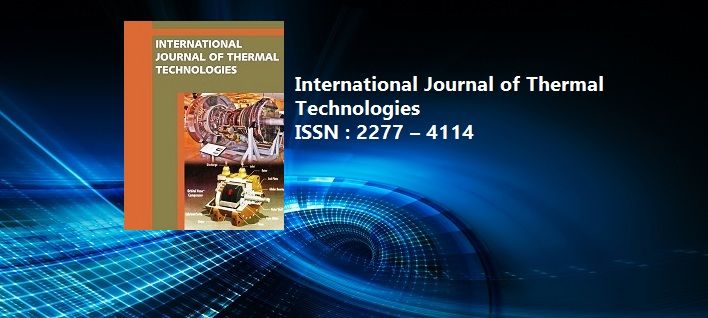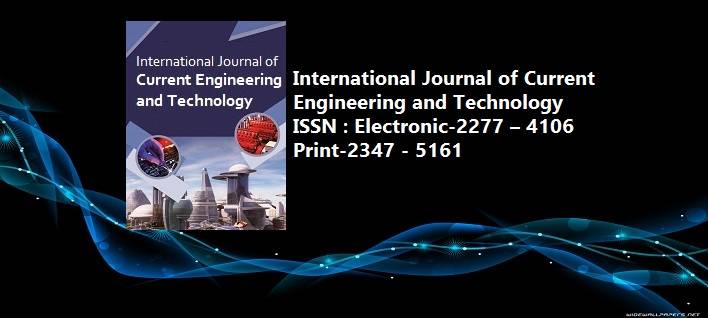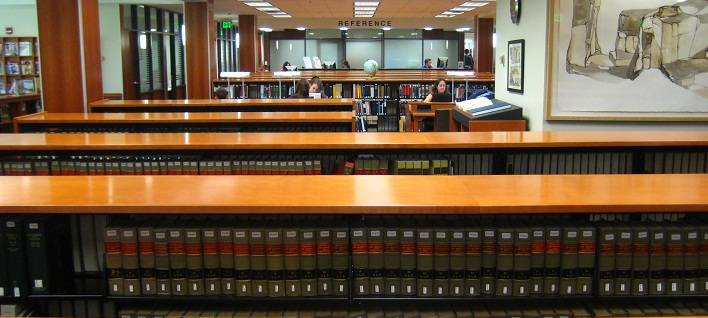Principles of Transforms in Signal Processing
Pages : 93-99
Download PDF
Abstract
Signal processing is a mathematical way of manipulating the signal for useful purpose. It may be for the purpose of transferring the signal from transmitter to receiver side, in which case the processing system is referred to as communication system. Signal processing in a communication system for example, involves limiting the base band signal with respect to frequency and amplitude within certain range, modulating the base band signal using a carrier signal and demodulating the same at the receiving end, improving the quality of weak signal received at the receiving end, selection of one channel out of multiple channels and so on. Complexity of signal processing varies and many algorithms have evolved to reduce the complexity. While repetitiveness in the operations is exploited to reduce the complexity of signal processing, change in domain of processing also has been known to reduce the complexity of processing the signal. Original domain, for example, for speech signal is time domain in which it is represented in time-amplitude form, while original domain for image is spatial domain in which intensity level in image is represented a as function of two spatial coordinates. Representation of the signal in its original domain is not always the best representation of the signal for most of the signal processing applications. Changing the representation of the signal from one form to another form by applying mathematical transformations is referred to as transform. In some applications original domain best suits for signal manipulation and in some other applications, the transform domain best suits the processing. For non stationary signal processing, time-frequency domain representation sometimes best suits in signal processing applications. In this invited paper, an attempt is made to discuss various transforms, time-frequency representations and their advantages in signal processing applications.
Keywords: Transform domain, Time-Frequency Representation
Article published in the Proceedings of National Conference on ‘Women in Science & Engineering’ (NCWSE 2013), SDMCET Dharwad



















 MECHPGCON, MIT College of Engineering, Pune, India
MECHPGCON, MIT College of Engineering, Pune, India AMET, MIT College of Engineering, Pune, India
AMET, MIT College of Engineering, Pune, India International Conference on Advances in Mechanical Sciences
International Conference on Advances in Mechanical Sciences  International Symposium on Engineering and Technology
International Symposium on Engineering and Technology International Conference on Women in Science and Engineering
International Conference on Women in Science and Engineering




